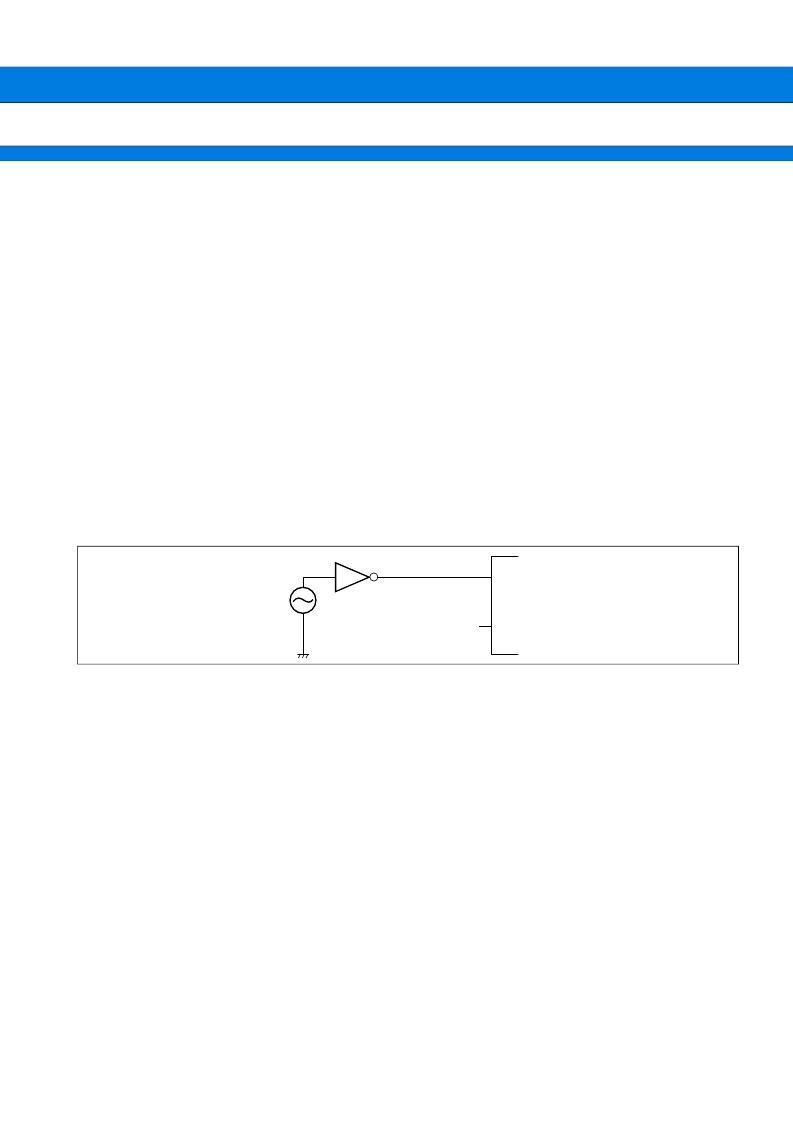- 您現(xiàn)在的位置:買(mǎi)賣(mài)IC網(wǎng) > PDF目錄377930 > MB90F883SPF (FUJITSU LTD) 16-Bit Proprietary Microcontroller PDF資料下載
參數(shù)資料
| 型號(hào): | MB90F883SPF |
| 廠商: | FUJITSU LTD |
| 元件分類(lèi): | 微控制器/微處理器 |
| 英文描述: | 16-Bit Proprietary Microcontroller |
| 中文描述: | 16-BIT, FLASH, 33 MHz, MICROCONTROLLER, PQFP100 |
| 封裝: | 14 X 20 MM, 3.35 MM HEIGHT, 0.65 MM PITCH, PLASTIC, QFP-100 |
| 文件頁(yè)數(shù): | 20/75頁(yè) |
| 文件大小: | 1083K |
| 代理商: | MB90F883SPF |
第1頁(yè)第2頁(yè)第3頁(yè)第4頁(yè)第5頁(yè)第6頁(yè)第7頁(yè)第8頁(yè)第9頁(yè)第10頁(yè)第11頁(yè)第12頁(yè)第13頁(yè)第14頁(yè)第15頁(yè)第16頁(yè)第17頁(yè)第18頁(yè)第19頁(yè)當(dāng)前第20頁(yè)第21頁(yè)第22頁(yè)第23頁(yè)第24頁(yè)第25頁(yè)第26頁(yè)第27頁(yè)第28頁(yè)第29頁(yè)第30頁(yè)第31頁(yè)第32頁(yè)第33頁(yè)第34頁(yè)第35頁(yè)第36頁(yè)第37頁(yè)第38頁(yè)第39頁(yè)第40頁(yè)第41頁(yè)第42頁(yè)第43頁(yè)第44頁(yè)第45頁(yè)第46頁(yè)第47頁(yè)第48頁(yè)第49頁(yè)第50頁(yè)第51頁(yè)第52頁(yè)第53頁(yè)第54頁(yè)第55頁(yè)第56頁(yè)第57頁(yè)第58頁(yè)第59頁(yè)第60頁(yè)第61頁(yè)第62頁(yè)第63頁(yè)第64頁(yè)第65頁(yè)第66頁(yè)第67頁(yè)第68頁(yè)第69頁(yè)第70頁(yè)第71頁(yè)第72頁(yè)第73頁(yè)第74頁(yè)第75頁(yè)

MB90880 Series
20
■
HANDLING DEVICES
1.
Maximum rated voltages for the prevention of latch-up
Be cautious not to exceed the absolute maximum rating.
CMOS ICs may cause latch-up, when a voltage higher than V
CC
or lower than V
SS
is applied to input or output
pins other than medium-to-high resistant pins, or when a voltage exceeding the rating is applied between VCC
and VSS pins.
If latch-up occurs, the power supply current increases rapidly, sometimes resulting in thermal breakdown of the
device. Take the utmost care not to let it occur.
Likewise, care must be taken not to allow the analog power supply (AV
CC
, AVRH) and analog input to exceed
the digital power supply (V
CC
) when turning on or off any analog system.
Handling unused pins
2.
Leaving unused input pins open may cause a malfunction or latch-up which leads to fatal damage to the device.
Therefore, they must be pulled up or down through at least 2 k
resistance. Also, any unused I/O pin should be
left open in the output state, or set to the input state and handled in the same way as an unused input pin.
Notes on using external clock
3.
Even when an external clock is being used, oscillation stabilization wait time is required for a power-on reset or
release from sub clock mode or stop mode. Note that 25 MHz is the upper limit on the external clock that can
be used. The following diagram shows an example of using an external clock.
4.
Handling power supply pins (V
CC
/V
SS
)
When multiple VCC and VSS pins supply pins are used, all the power supply pins must be connected to external
power and ground lines due to the device design, to reduce latch-up and unwanted radiation, prevent abnormal
operation of strobe signals caused by the rise in the ground level and to conform to the total output current rating.
Make sure to connect the VCC and VSS pins of this device via lowest impedance to power lines. It is recommended
that a bypass capacitor of around 0.1
μ
F be placed between the VCC and VSS pins near the device.
Crystal oscillator circuit
5.
Noises around X0/X1 or X0A/X1A pins may cause abnormal operations. It is strongly recommended to provide
bypass capacitors via shortest distance from X0/X1, X0A/X1A pins, crystal oscillator (or ceramic oscillator) and
ground lines and also not to allow the lines of the oscillation circuit to cross the lines of other circuits. This will
ensure stable operations of the printed circuit boards. Please ask each crystal maker to evaluate the oscillational
characteristics of the crystal and this device.
6.
Notes on PLL clock mode operation
If an oscillator comes off or clock input stops during PLL clock mode operation, this microcontroller may continue
its operation using a free-running frequency from a self-excited oscillation circuit within PLL. This is not a
guaranteed operation.
X0
X1
Open
相關(guān)PDF資料 |
PDF描述 |
|---|---|
| MB90F883SPMC | 16-Bit Proprietary Microcontroller |
| MB90F884 | 16-Bit Proprietary Microcontroller |
| MB90F884A | 16-Bit Proprietary Microcontroller |
| MB90F884APF | 16-Bit Proprietary Microcontroller |
| MB90F884APMC | 16-Bit Proprietary Microcontroller |
相關(guān)代理商/技術(shù)參數(shù) |
參數(shù)描述 |
|---|---|
| MB90F897PMCR-G-TE1 | 制造商:FUJITSU 功能描述: |
| MB90F897PMT-GSE1 | 制造商:FUJITSU 功能描述:IC 16BIT MCU CAN 5V SMD LQFP48 |
| MB90F897SPMCR-GSE1 | 制造商:FUJITSU 功能描述: 制造商:FUJITSU 功能描述:MCU 16BIT 16LX 64K FLASH 48LQFP 制造商:FUJITSU 功能描述:MCU, 16BIT, 16LX, 64K FLASH, 48LQFP 制造商:FUJITSU 功能描述:IC, 16BIT MCU, F2MC-16LX, 16MHZ, LQFP-48, Controller Family/Series:F2MC-16LX, Core Size:16bit, No. of I/O's:36, Supply Voltage Min:3.5V, Supply Voltage Max:5.5V, Digital IC Case Style:LQFP, No. of Pins:48, Program Memory Size:64KB , RoHS Compliant: Yes 制造商:FUJITSU 功能描述:MCU, 16BIT, 16LX, 64K FLASH, 48LQFP, Controller Family/Series:F2MC-16LX, Core Si |
| MB90F947APFR-GS-SPE1 | 制造商:FUJITSU 功能描述: |
| MB90F962SPMCR-GE1 | 制造商:FUJITSU 功能描述:IC MCU 16BIT 16LX 48LQFP |
發(fā)布緊急采購(gòu),3分鐘左右您將得到回復(fù)。